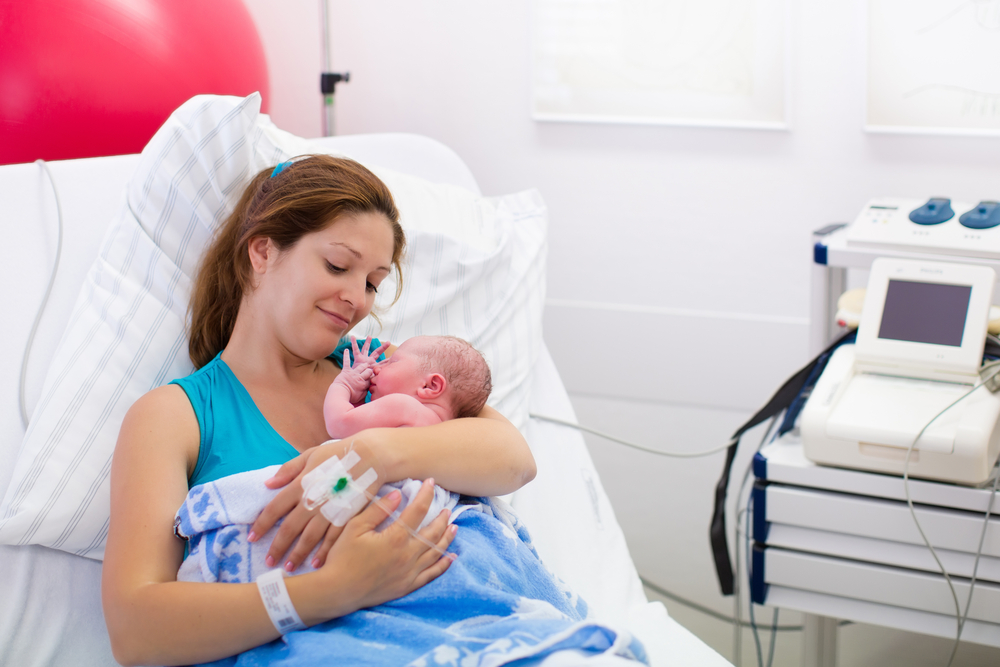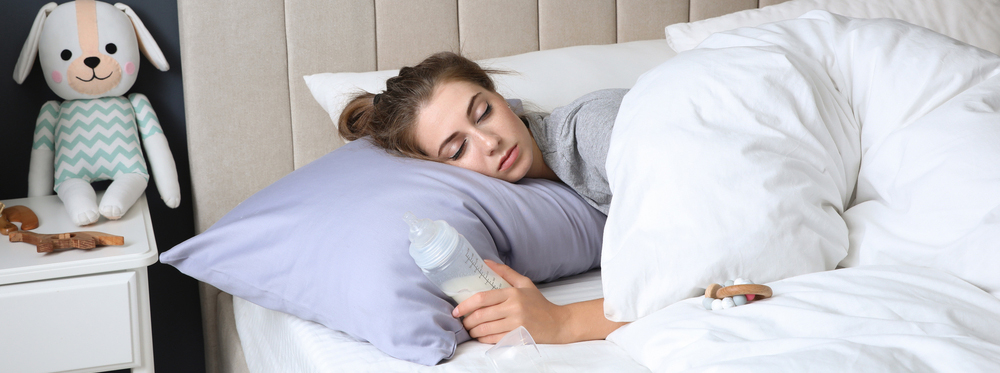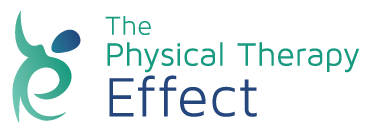Treatment Options for Postpartum Pelvic Pain
Dec 3, 2021

Having a baby is very stressful on the body. Postpartum recovery can take time and women who have just given birth can experience a wide range of physical conditions. During childbirth, the pelvic muscles and tissues can become damaged, which results in postpartum pelvic pain.
Postpartum pelvic pain can impact a woman’s ability to control urination and bowel movements. Additionally, it can make sex painful. Fortunately, there are treatment options that can help
Kegel Exercises
Kegel exercises involve flexing the pelvic floor muscles. This can help to strengthen pelvic floor muscles, improve bladder and bowel control, and help to reduce pelvic pain. The most difficult part of performing Kegels is knowing exactly which muscles you need to flex. The muscles that you would use to stop urinating midstream are the muscles that are needed for a Kegel exercise.
Use Ice Packs
Ice packs can help to reduce the swelling of the pelvic muscles. Placing an ice pack at the perineum, which is the area in between the vagina and the anus, can also help to reduce pain.
Take Medication
If you’re experiencing pelvic pain after giving birth, let your doctor know. They may prescribe medication for you that can help manage the pain. Commonly prescribed medications include NSAIDS like naproxen or acetaminophen.
Bed Rest

Sometimes, pelvic pain is so severe that it’s difficult to move around and walk. Resting and giving the pelvic region time to recover can help with the pain. As a new parent, however, bed rest isn’t always possible. But getting rest wherever possible may still help.
Get Moving
In some cases, moving when possible can help to stretch and strengthen the pelvic muscles. However, it’s important to not overdo it because too much movement can actually make the pain worse. You should follow your doctor’s recommendation for whether more movement is better for treating your pelvic pain. In some cases, rest is more important than movement.
See a Physical Therapist

A physical therapist can really help to ease postpartum pelvic pain. During physical therapy sessions, the physical therapist can show you how to perform exercises and stretches that will help to improve your pelvic strength and ease the pain. Some of these exercises and stretches you may be able to continue doing at home in your own time. Some may require the supervision of the physical therapist.
Physical therapy sessions are also excellent for education. Many women who give birth don’t realize how much pregnancy and childbirth can affect their bodies. Your doctor and physical therapist can help to learn what you need to know to take care of your body postpartum.
For informational purposes only.











